Hornbills of South Africa are a rather unique and exotic group of birds. Their main defining characteristic is a large bill that may be considered too big in relation to their body size and a casque ( a French word meaning helmet) on top of the beak.
Their scientific name, ‘Bucero’ which is a Greek word meaning a cow horn, is a reference to the horn-like structure on top of their beaks.
Other than their beaks, they also have an unusual mating and nesting ritual that is quite unique among birds. During the breeding season, the female has to trust her own survival and that of her chicks to her mate.
This relationship between pairs is a lesson in trust that is simply amazing to observe. Africa is home to 23 species of hornbills, and South Africa is lucky enough to have 6 within it. Let’s explore these 6 species found in South Africa, and what makes these birds unique.
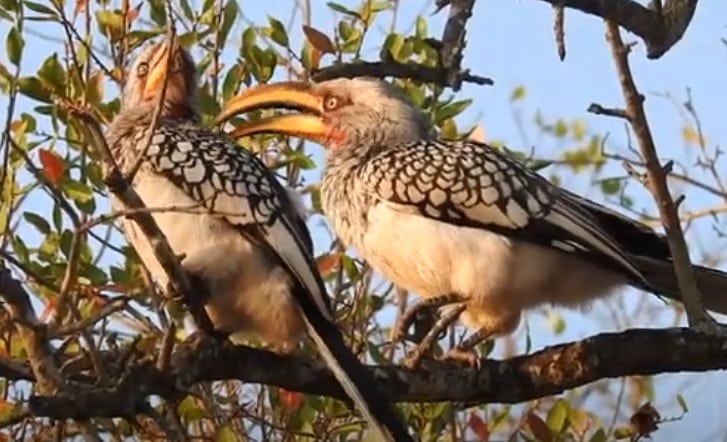
The Beaks of a Hornbill
A hornbill beak is a marvel to look at and study, from its size, and composition to the colour. Their beaks are large and conspicuous, and at first glance appear solid and heavy.
In contrast, a hornbill’s beak is lightweight, with an internal structure honeycombed by air pockets. The beak is a large appendage and as such requires support.
The first two neck vertebras are fused to make one bone and the neck muscles are more developed to help support and move the beak with dexterity. This beak also tends to intrude on their binocular-like vision.


Southern red-billed hornbill
The beak though large in size is used to accomplish so many tasks and in such a delicate manner, akin to how an elephant uses its trunk.
The beak has several uses such as picking insects and other invertebrates, picking fruits from trees, preening their feathers, and constructing the walls of their nests. Some studies show that hornbills can use their beaks as a form of heat dissipation helping the birds to keep cool.

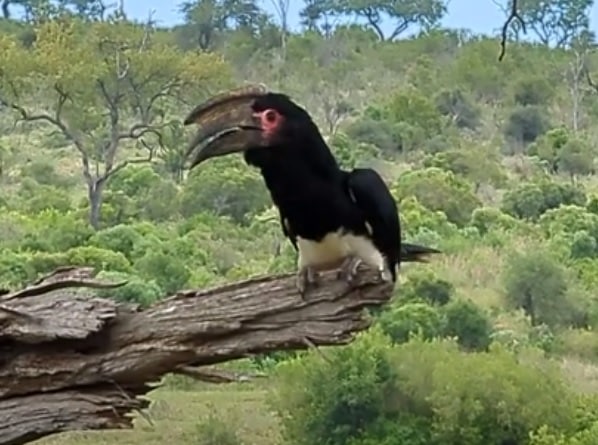
A Trumpetter Hornbill
The casque on top of the beak varies between hornbill species, with some having a prominent casque, while others have a small almost non-existent casque.
The casque is used to attract mates during the breeding season, resonate and amplify a bird’s call particularly when making territorial claims, and provide support to the beak as the bird is foraging.
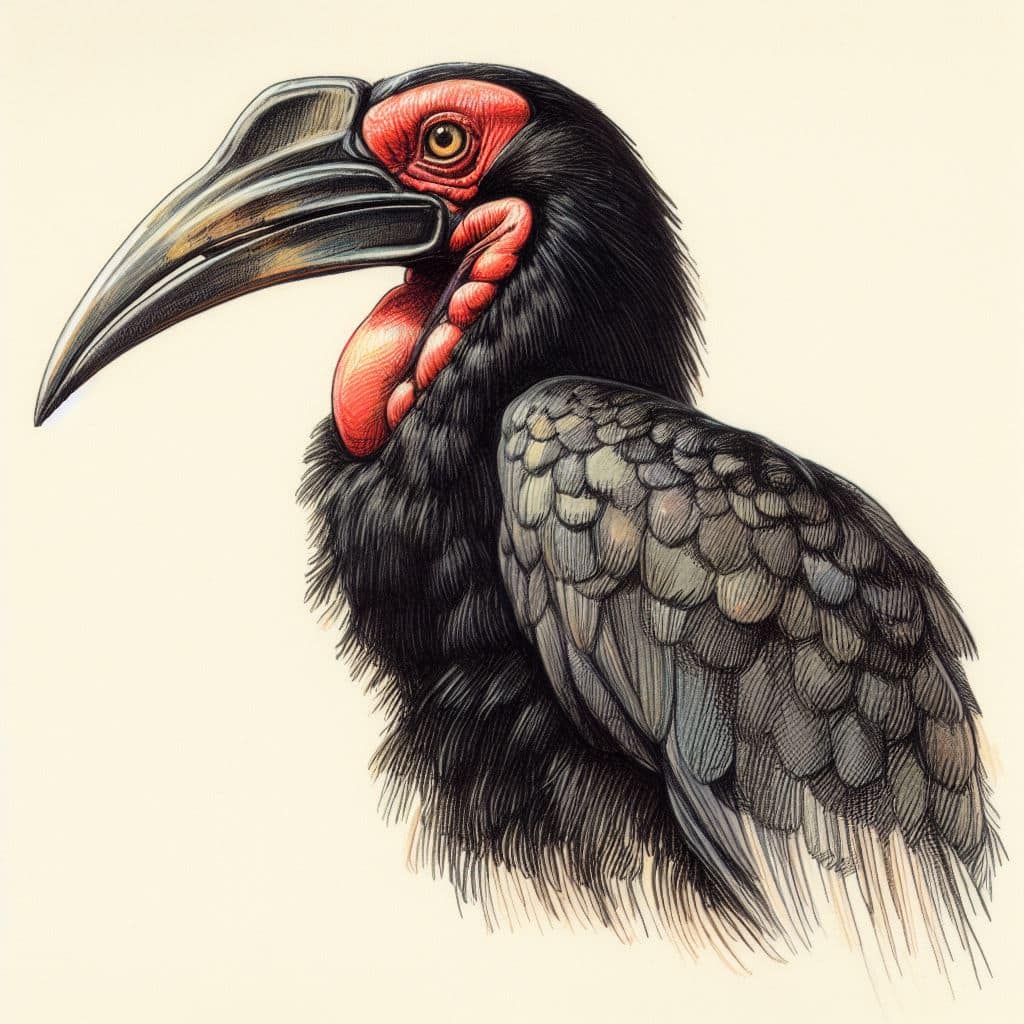

The Southern Ground Hornbill
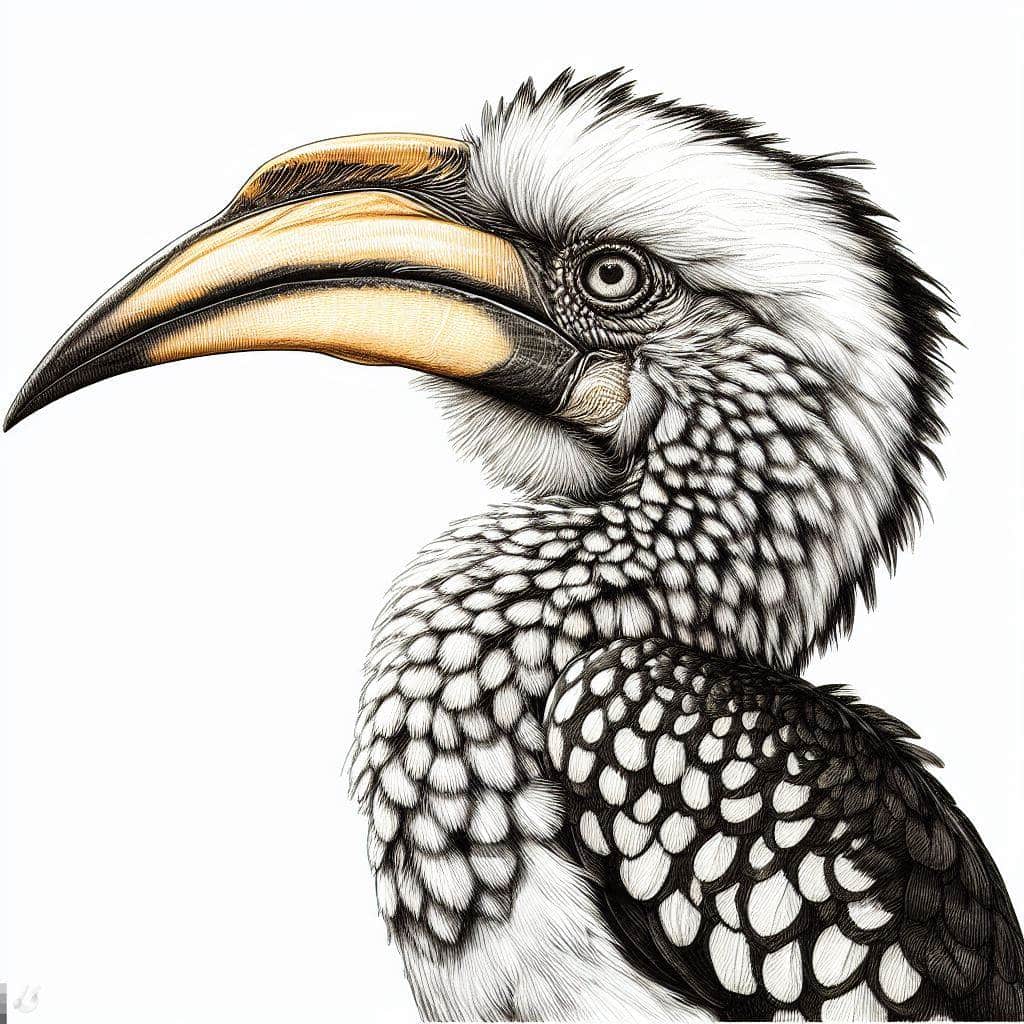
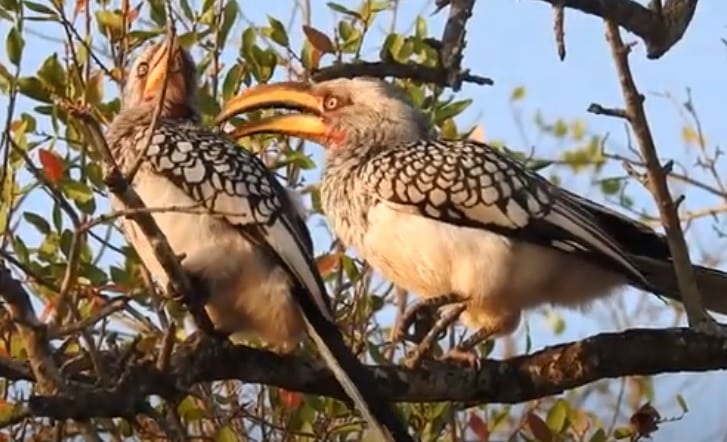
The Southern Yellow-billed hornbill
African Hornbills have a Relationship Based on Trust.
Hornbills are monogamous creatures forming single-pair lifelong bonds that are rejuvenated and strengthened each breeding season.
At the start of each breeding season, pairs will be spotted engaging in elaborate rituals such as clattering of the beaks, fanning their wings behind their backs, and bowing to each other.
The male will go a step further in wooing the female by showering her with presents ranging from dead animals, twigs, and other food materials.
After the courtship rituals and mating, the pair look for a suitable nesting location, which is usually a natural cavity in a tree or the abandoned nesting crevice of other birds such as woodpeckers.
The insides of the cavity are lined with mud, and the entrance is sealed off using a mixture of mud, twigs and droppings leaving a slit large enough for the male’s beak to fit through.
Once she is inside, she trusts her partner for food and sustenance, and her survival and that of her brood are totally dependent on the male hornbill.
Such trust doesn’t just come by easily and is built slowly over time, and is one of the main reasons why hornbills usually have one partner for life. Before each nesting period, a couple has to rejuvenate and enforce the bonds between them through elaborate courtship displays.
Nesting of the Hornbills
Before nesting begins, the female has to bulk up and the male will bring nutritious food morsels to help in that and convince her of his capabilities as a provider.
Depending on the species, the female will lay between 2 and 6 eggs, often spaced apart. The work of incubating the eggs and caring for them till they hatch is exclusively done by the female in her little closed-up space.
While in the nest, she will shed all of her feathers, now relying entirely on her partner. The incubation period takes between 25 and 40 days depending on the species.
The male will feed both the mother and the chicks, and after around 16 days, the female will break out of the nest with a new coat of feathers. Together with the help of the chicks and the male partner, the entrance will be resealed leaving the chicks protected within.
Nest Parameters of the Hornbill birds.
The nests are extremely important to hornbills, and once a pair find a good tree crevice, they will reuse it each consecutive nesting period for many years.
These are just some of the parameters that hornbills prefer when searching for nests. The nesting hole should be in a tree about 4 m (13.1 ft) above the ground.
The cavity itself must have a floor that is about 10 cm (3.93 in) from the entrance lip and have a width of about 20 cm (7.87 in). The nest should also contain an inner hidden chamber into which the chicks can hide during danger.
The 6 different Hornbills of South Africa.
Now let’s look at the hornbill species found in South Africa. These are;
1. Southern Ground Hornbill
The Southern Ground Hornbill is the largest and heaviest hornbill species in the world. The first thing to note about them, is their relatively huge size, with adults standing at 1 m (3.28 ft) tall with a wingspan of about 1.8 m (5.9 ft) and weighing up to 6 kg (12.2 lb).
Adult birds have black feathers except for a patch of skin over the eyes and throat that is red in males and blue in females. Juveniles though have pale yellow or grey facial skin and dark brown body plumage.
They prefer a habitat with tall trees for nesting and short dense grasslands for foraging. The Southern Ground Hornbill is a carnivore and will happily eat all kinds of small animals and insects.
Their diet ranges from mice, hares, snakes, snails, arthropods and frogs.
They have a very peculiar call, it sounds like “ding, ding”, have a listen!
When it comes to breeding, they have a peculiar method to it. The dominant pair in a family of about 10 birds are the only ones who mate, while the other birds are the supporting act in what is known as cooperative breeding.
But they have an extremely slow productive rate of about 1 or 2 chicks every 9 years, so the extra help in raising the chicks is important in ensuring their survival. This breeding pair is monogamous and are together for life.
2. Southern Yellow-Billed Hornbill
The Southern Yellow Billed Hornbill has a fun nickname, “The Flying Banana” in reference to its conspicuous downwards curved yellow beak.
They have a small casque on the beak, and females have an even smaller beak compared to males. Their back and wing feathers are black and white, the neck feathers are grey and the belly is white. They are medium-sized birds the same size as a crow.
The birds are loners except for the breeding season when they band together in pairs or small families if the conditions allow, such as food.
Unlike other hornbill species that prefer forested areas, the Southern Yellow Billed Hornbill can be found in dry savannahs that are open and partially wooded.
They are omnivores and have a wide-ranging diet of small mammals, insects, spiders fruits and seeds. They have a special relationship with the dwarf mongoose in that they eat all the prey items flushed when it is scratching the ground while foraging.
This symbiotic relationship goes both ways with the hornbill always on the lookout for predators and alerting the mongoose when danger comes.
3. Southern Red-Billed Hornbill.
Unlike other hornbill species, it has a thinner but longer red-colored beak. The body plumage is very similar to that of the Southern yellow-billed hornbill.
Females are smaller when compared to males but they have an all red beak while the males have a darker lower mandible. To distinguish it from other red-billed Hornbill species, they have yellow iris and orbital skin ( this is the area of skin around the eyes) that ranges from dark pink to grey.
It prefers wooded grasslands, woodlands, and savannahs, and can also be found in drier regions. They love foraging on the ground among the leaf litter using their long beak effectively to search for insects, small mammals, small lizards and nestlings.
It will also feed on other birds’ eggs and will overturn dung in search of insects. They will be found in pairs and the males will get exceedingly aggressive and territorial during the breeding season.
4. African Grey Hornbill
The African Grey Hornbill is one of the smaller hornbill species, but a medium-sized bird when compared to other birds. They have a dark bill with a small casque on the upper mandible which is more visible in males than in females. On the crown is a white stripe running on each side of the head.
From the back of the head is a white line running down the back, the back feathers are a mix of grey, brown and white.
They can be found in forested areas, ranging from wooded savannah, edge of dense forests and deciduous woodlands.
It is one of the hornbill species that spend most of their lives in the trees. As such its diet is omnivorous in nature as it eats food ranging from insects, caterpillars, nestlings, lizards, peanuts, seeds and fruits such as figs.
When making their nests, some of the materials they use in closing the entrance are droppings, mud, and fruit pulp.
5. Trumpeter Hornbill
The trumpeter hornbill has a large beak and a very conspicuous casque on top that helps in amplifying the bird’s calls. Its call is distinctive and quite loud travelling through the canopy for a considerable distance. Their cries are similar to that of a crying baby and may confuse novice bird watchers.
Their eyes are red or brown with pink orbital skin. Their body plumage is black and white, with white underwing coverts and a white belly that helps the bird become inconspicuous in flight.
In southern Africa they can be found in lowland forests that are warm, riverine forests and wooded savannahs. They are omnivores with a particular liking for fruits and can be found not far from fruit-producing trees, but their diet also consists of insects, small mammals and Lizards.
They can normally be found in pairs or groups of five birds, but can assemble to feeding groups of up to 200 birds.
6. Crowned Hornbill
The crowned Hornbill is a beautiful bird with a dark orange-red beak and a casque that runs the length of the upper mandible.
At the base of the beak is a white or yellow line the boundary of the beak and base, the eyes are orange, the skin on the throat is dark brown, white belly while the rest of the bird is a sooty brown.
The tail is long with white tips. Females have similar plumage but are smaller than the males with green throat skin.
The Crowned Hornbill is a bird of the forest and can be found in riverine forests, urban gardens, coastal forests and wooded grasslands.
It forages in the canopies and its diet consists of insects, small birds, snails, small mammals and reptiles, fruits and crops such as palm seeds. They are social birds and will be found in groups
FAQS On the Hornbills of South Africa
In our final section, we always pick out a bunch of FAQs asked on the topic, here we go!
How do female hornbills maintain the cleanness of the nest during the nesting period?
When the female hornbills are nesting they maintain the nest cleanliness by picking droppings and food scraps and dropping them outside using the feeding hole. Some species defecate by shooting their excrement out the feeding hole with force.
What type of hornbill is Zazu of the Lion King movies?
Zazu, a character in the Lion Kings animated movie by Disney is based on the Southern red-billed hornbill.
What is the largest hornbill species in Africa?
The largest hornbill species in Africa is the Southern Ground Hornbill and is not only the biggest hornbill species in Africa but also in the world.
What are the special features of hornbills?
The most distinctive thing about hornbills is their large beaks and casque that is supported by fused first two neck vertebras and powerful neck muscles.
Do Hornbills eat bananas?
Some tropical hornbill species such as the great hornbill eat a variety of fruits including bananas. For most other hornbills, their favorite fruit comes from the fig tree.
related articles:
My Final Conclusion.
I hope that you found my article on all the hornbills of South Africa interesting, but if you have any more questions, please feel free to leave them below in the comment section or join me on (one of) my social media channels below for more pictures and news of my travels to Africa!
I wish you happy travels!
Kind regards,
Lizzy
I now have a YouTube channel as well!
YouTube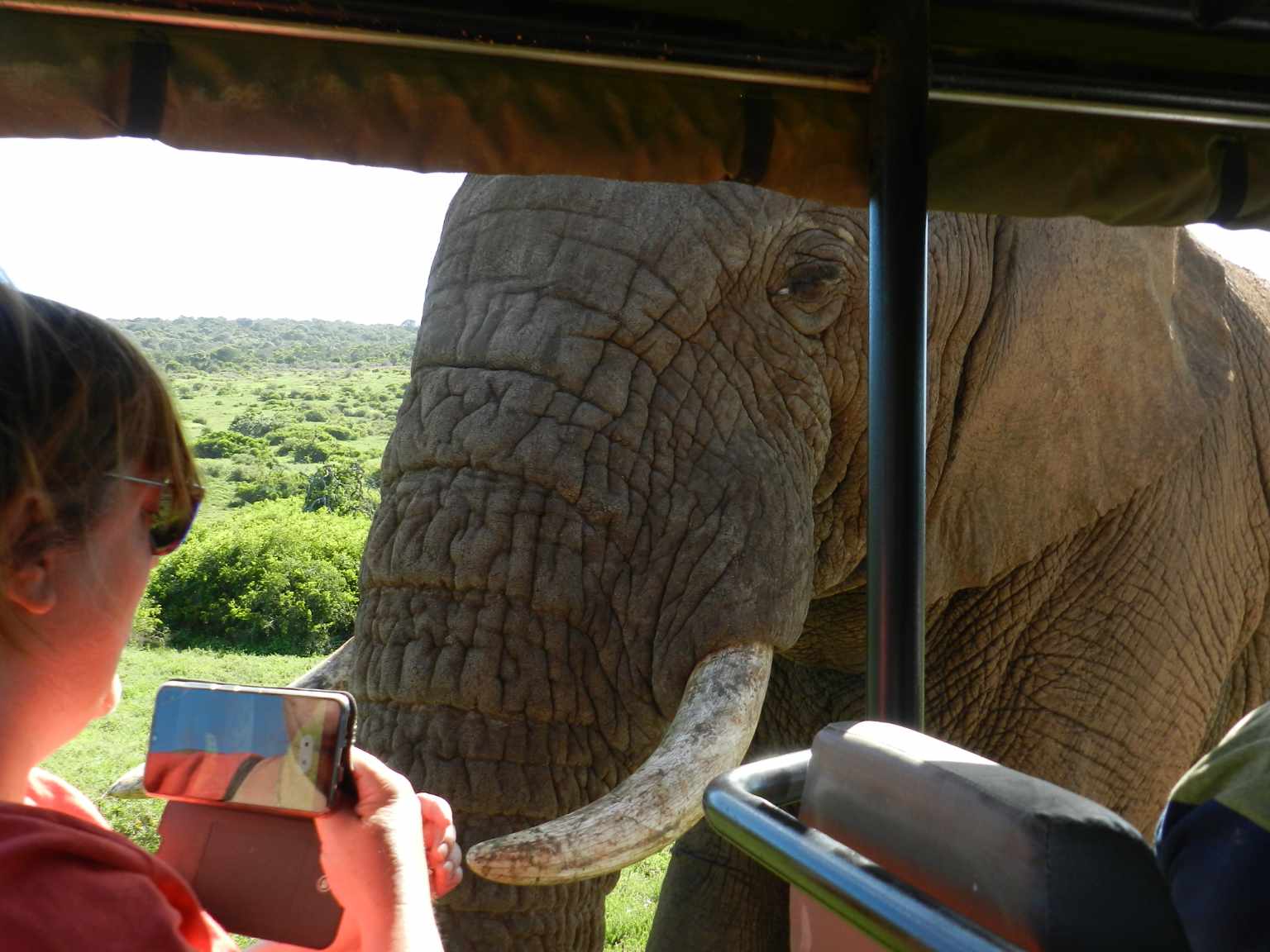
Hello Africa travellers!
Who am I? Well, the least you can say is that I am quite crazy about Africa, its nature, its climate, its culture, and more.
As a young woman in my twenties, I had already traveled to several African countries by traveling along in an overlander on my own and mostly camping ( or glamping ) and just fell in love with the diversity of it all.
So much, so that at the age of 26, I went back to university to study biology, which, unfortunately, I couldn’t finish because of health reasons (yes, I got sick from a tropical disease, oh cynicism). But this did not stop my dream of traveling back to Africa several times, and I still do.
My dream was back then to leave Europe and go study animal behavior, especially the elephants (sure, that’s every girl’s dream haha), but I am also very much intrigued by hyenas and other “ugly African animals“.
So, I “kind of” have a little bit of a scientific approach to my articles, when I write about African birds, for example. And most of all: the passion.
But life goes on, you move from one side of the country to the other, you get sick again and top it off with lower back problems, and before you know it, you are over 50 hahaha!
Now, I still travel to Africa, but take it a bit “easier” than the good old camping days, and stay in comfortable, yet affordable accommodations, together with my husband Wouter.
These are some of the countries I have traveled to: Kenya, Tanzania, Zanzibar, Malawi, Zambia, Zimbabwe, South Africa, Namibia, Botswana, Tunisia, and a little bit of Lesotho LOL .
While clearly not being African territory, but Spanish, I also visited Gran Canaria and Tenerife, and location-wise, I consider them “African”, because of their climate and nature, sue me :-p
The last trip I took was to South Africa in the year 2023, and it sure got the fevers for Africa back! From the Barberton mountains to the Drakensberg and the Southcoast, one month wasn’t enough at all to see the whole country, so we’ll be back! At ease and with a little bit more luxury than in my younger days haha!
I wish you happy travels!
Kind regards
Lizzy

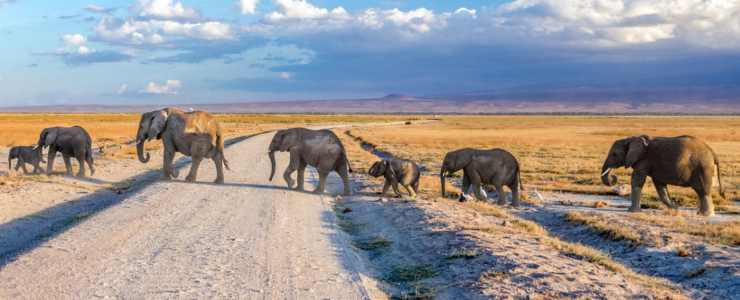

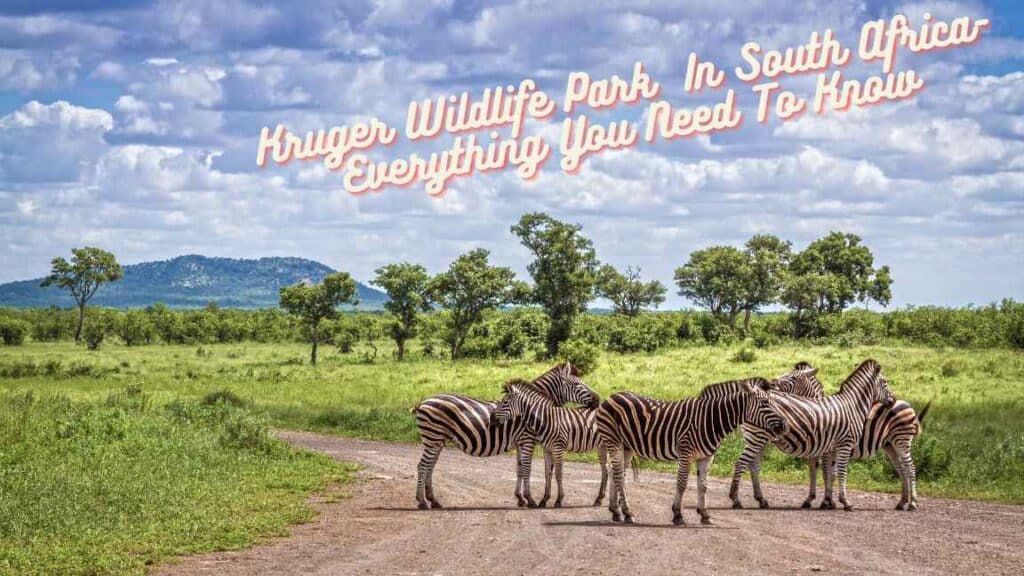

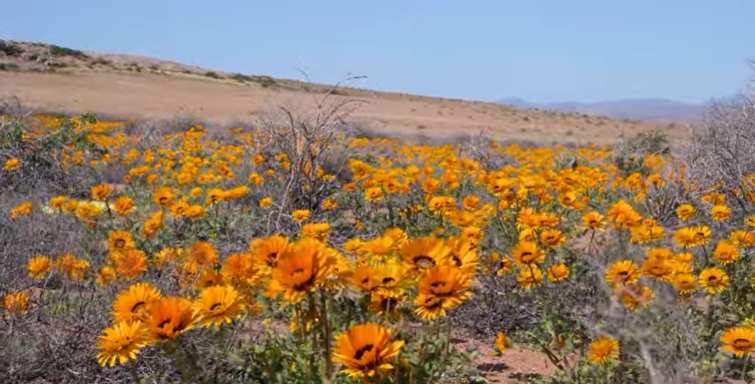
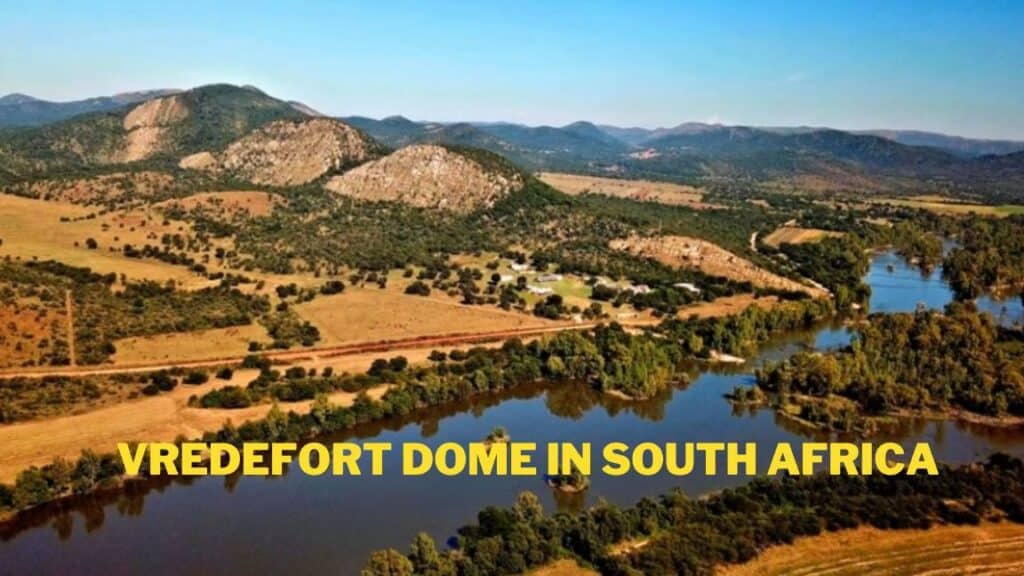




Wow , I feel like a hornbill expert now ! Thank you so much for this great post ! My spouse have been living in South Africa for a year , and she is eager to go back. Now after reading about the wildlife in South Africa and the hornbill especially, I’m really eager to go my self !
You’re welcome and I hope that you both will get there soon! 🙂
Hey thank you for this post, much appreciated!
I really admire how much information you decided to gather, it makes it so much easier to learn about this awesome creature and its surroundings instead of having to jump from site to site.
This is great spot to learn all about the hornbill of south africa, and what makes it even more joyable to read is the addition of images every few sentences to help break the paragraphs and boredom!
Thanks again and have a great day!
Thank you for the compliments !
Lizzy